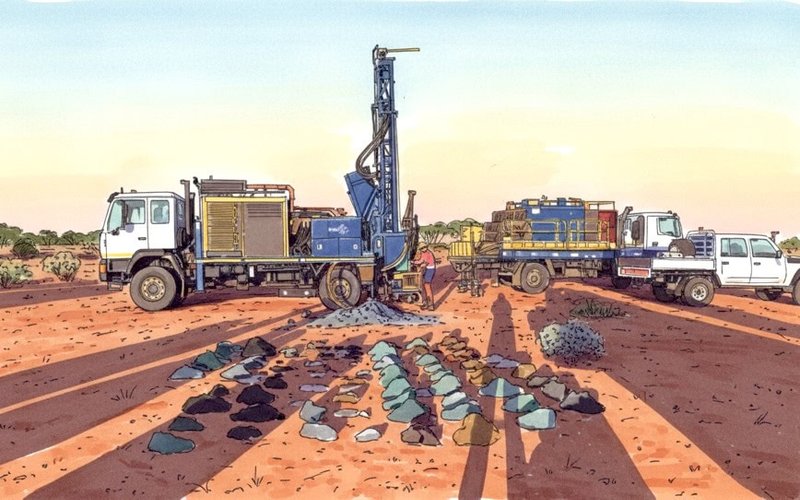Constellation Resources (ASX: CR1) has confirmed the presence of hydrogen and helium at its large-scale Edmund-Collier natural hydrogen project in Western Australia’s Gascoyne province.
Preliminary testing of historical diamond drilling samples by the CSIRO has established evidence for the generation and migration of hydrogen, helium, and hydrocarbon gases (methane and ethane) from crushed rock and fluid inclusions.
The samples came from several deeper exploration holes mineral explorers had previously drilled targeting base metal mineralisation within the region, and Constellation is working to determine which exploration methods will best define drill targets in the area.
Wanna Syncline Traps
Importantly, the testing detected helium in a sandstone sample near the Talga Fault, one of two basement tapping faults that extend along the shallow north and south boundaries of the Wanna Syncline.
Interpretations suggest the sycline has preserved traps and source rocks deep enough beneath overlying seals to retain hydrogen and associated gases either within shales or overlying reservoirs.
This makes it a prime target for further seismic acquisition and drilling in zones proximal to basement tapping faults, and in syncline traps.
Constellation has planned a series of low-cost, high-value work programs across Edmund-Collier’s 87,602 square kilometre landholding to confirm prospectivity and define drill targets.
The project is spread across three sedimentary basins and is bordered to the north, east and west by gas transmission pipelines operated by major mining producers.
Large Underexplored Basin
Constellation believes Edmund-Collier represents a “first-of-its-kind opportunity” to explore for natural hydrogen and helium across a large, underexplored basin that has not seen any previous deep drilling efforts.
The company is pursuing the theory that hydrogen, helium, methane, carbon dioxide, and ethane co-exist at the project—the possible indication of a common genetic origin tied to the thermal maturation of organic-rich shales within the Blue Billy and Discovery formations at Edmund-Collier.
The footprints of both formations are extensive and CSIRO’s results underpin the potential for targeted gases from these sources.
The detection of helium by the decay of radiometric rich rocks or from deep primordial sources could further broaden the exploration potential of the basin.
